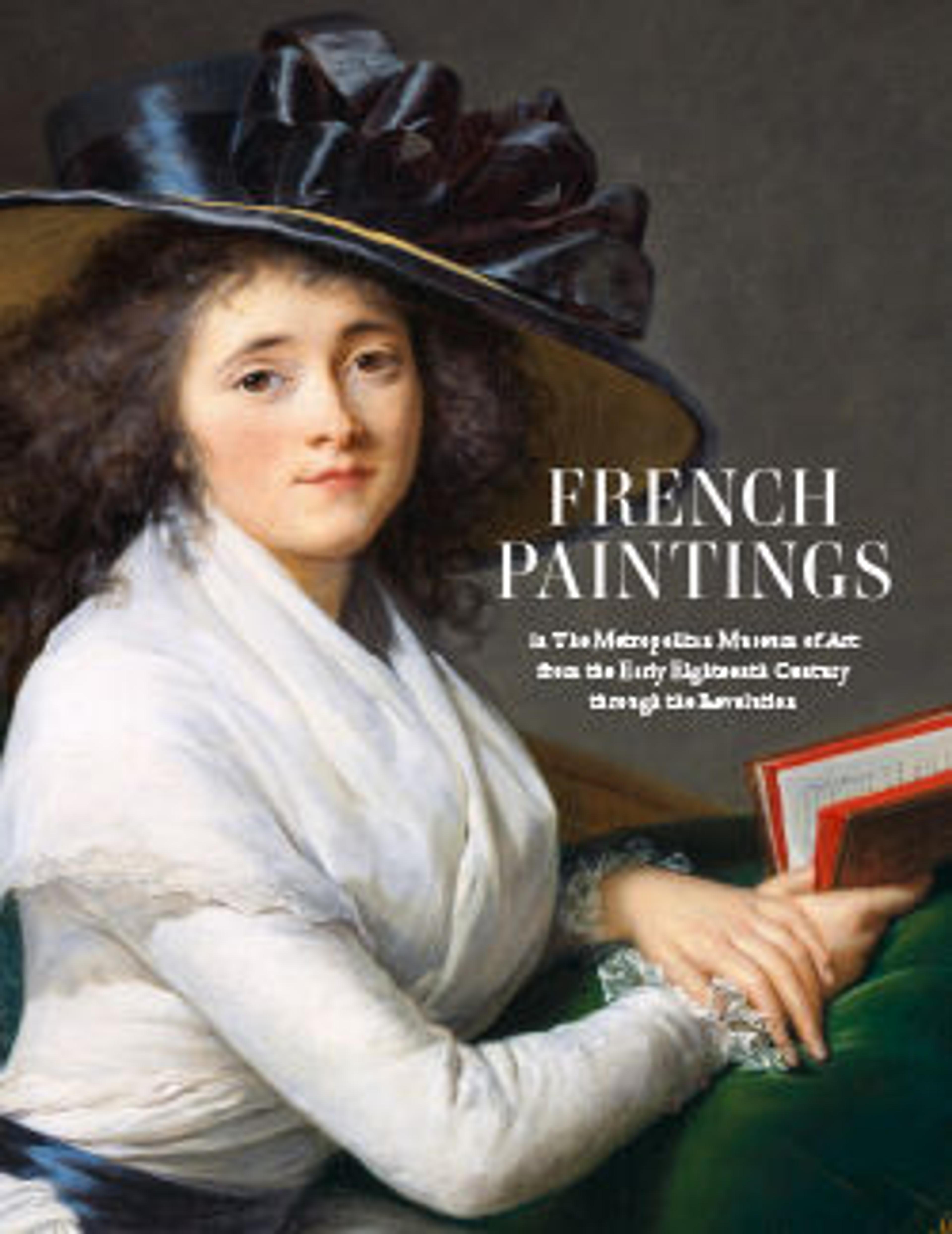Ducks Resting in Sunshine
Animal painting was a distinct and well-respected genre in eighteenth-century France, where hunting was a central activity in aristocratic life. Oudry, the century’s leading animal painter, exhibited this canvas and the nearby Dog Guarding Dead Game at the Salon of 1753. While not conceived as pendants, the two were hung together by Ange Laurent de La Live de Jully, an important collector in developing what was still considered a novel idea in eighteenth-century Paris: patronizing contemporary French painters.
Artwork Details
- Title:Ducks Resting in Sunshine
- Artist:Jean-Baptiste Oudry (French, Paris 1686–1755 Beauvais)
- Date:1753
- Medium:Oil on canvas
- Dimensions:25 1/2 x 31 3/4 in. (64.8 x 80.6 cm)
- Classification:Paintings
- Credit Line:Purchase, 1871
- Object Number:71.57
- Curatorial Department: European Paintings
More Artwork
Research Resources
The Met provides unparalleled resources for research and welcomes an international community of students and scholars. The Met's Open Access API is where creators and researchers can connect to the The Met collection. Open Access data and public domain images are available for unrestricted commercial and noncommercial use without permission or fee.
To request images under copyright and other restrictions, please use this Image Request form.
Feedback
We continue to research and examine historical and cultural context for objects in The Met collection. If you have comments or questions about this object record, please contact us using the form below. The Museum looks forward to receiving your comments.
